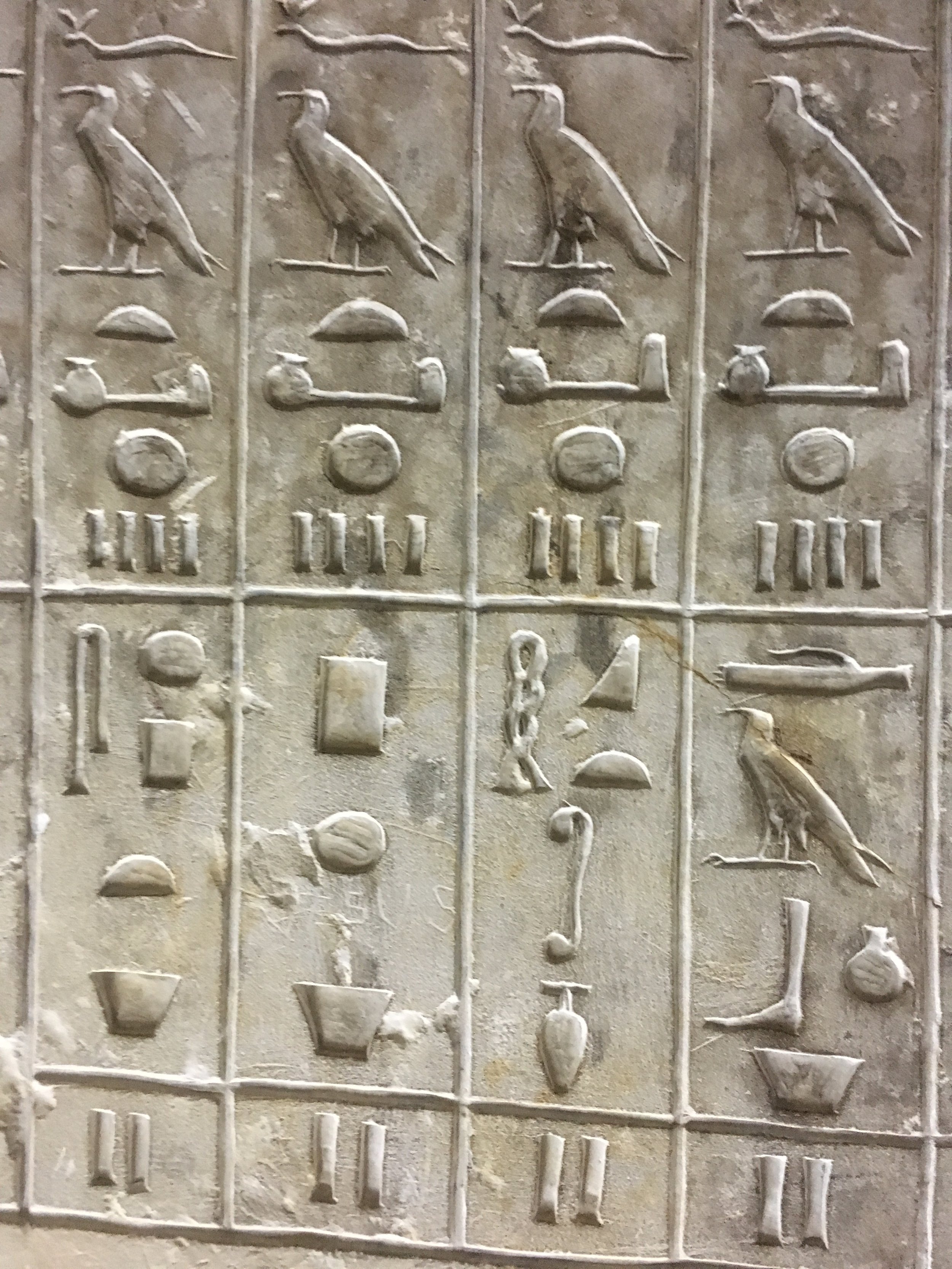The Great Pyramids of Egypt - Why You Should Get a Guide
Giza
- 2550 BCE
- Three pyramids including the last remaining ancient wonder of the world, Solar Boat Museum, and the Sphinx
- Pyramids are built to act as tombs for the pharaohs
- The Sphinx acts as a sentinel in front of the pharaoh’s tomb complex with the body of a lion and the pharaoh’s head.
The Pyramids of Giza
“Pyramids of Giza, how did you come to be? You were built back in 2550 BCE, Pharaoh Khufu was your leader, one of you measures out at 147 meters high, with an estimated 1.2 million blocks all weighing 2.5 - 15 tons on average. So I guess, I have a question regarding how it happened. I mean, I saw the hieroglyphics depicting two men pulling, two men pushing, and one man directing a constant water source to be poured at the front of the stone, but still, how did you get all of those massive stones, to build a perfectly shaped pyramid? I mean, it’s perfect. And it’s still standing as powerful as ever. It makes me wonder if perhaps I should take more of an interest into the design of your solar boats. The ones the Pharaoh uses after he dies to greet the Gods high into the heavens. Anyway, spectacular sites. Oh and the Sphinx. The Sphinx is a nice touch. The detail on the ear, with the expression of the face, is like looking into the future and seeing the truth.”
History
Sometimes you get so caught up in what you’re looking at while listening to a guide explain such rich history of ancient civilization, you forget everything that’s happening around you. Then you snap out of it and your guide is nowhere to be found.
The rich history of Egypt spans as far back as the 6th millennia BCE. In 3550 BCE, the first kingdom was formed through an advanced style of writing and recording.
The amount of artifacts Egypt has still in tact, takes your breath away. Throughout the Nile River Valley, civilizations sprang up from the river. Amazingly enough, some of these civilizations have been uncovered by archaeologists and still sit fairly intact AND you can visit them.
A guide is able to to deliver the information needed, while allowing you the simple pleasure of wondering and contemplating. Just how did these civilizations used to live? Where would they sleep at night? Where would they throw their galactic parties after a harvest? Was it out in the country, or did the Kingdom have it? What would a new crowning festival look like? The sounds you would hear from ancient times. The fire flickering off the limestone walls. The looks. The stares. The hope.
Wait, where did my guide go!
So get a guide. They’re a wonderful resource to have. Especially on this trip.
Sakkara: Step Pyramid - King Djoser - 2670 BCE
Dashur: Bent Pyramid & Red Pyramid - Pharaoh Sneferu - 2600 BCE
Memphis: The 1st Capitol city - 2345 BCE


















